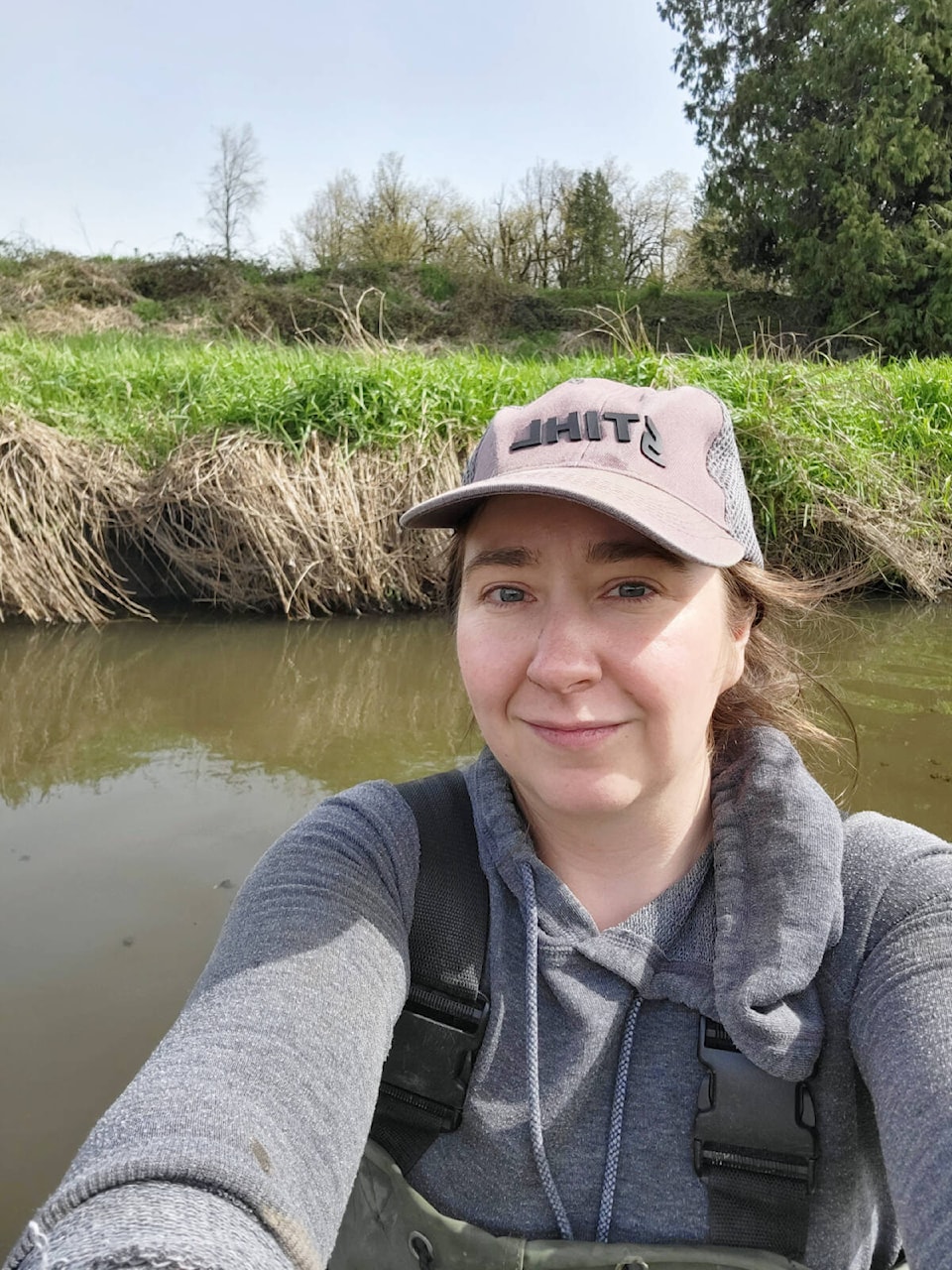By Meghan Rooney, Science and Communications Coordinator, Watershed Watch Salmon Society
France has the Mona Lisa; China has the Great Wall. In British Columbia, we have water and snow.
The millions of people who come here as visitors do not come to see museums or architecture or works of art. We have these and they are beautiful but it’s the stunning beauty of our natural world that draws them. The blue waters of Green Lake and Lac La Hache are our Leaning Tower of Pisa; the salmon of the Skeena River our Acropolis.
With more than 20,000 lakes stretching over 750,000 kilometres and thousands of rivers and streams, water - in all its forms and with all that it nourishes - is our natural wonder.
On March 22 the planet celebrates World Water Day, a time to reflect on the importance of fresh water in all aspects of life and advocate for its sustainable management. This year’s World Water Day theme is Water for Peace, recognizing how integral access to clean, safe fresh water is to maintaining stability and prosperity in communities worldwide. When our freshwater sources become contaminated, or access to the resource becomes limited, conflict can arise.
Though B.C. is viewed as having an abundance of freshwater, we have seen in recent years how precarious abundance can be. Many regions in the province are experiencing periods of too much, or too little water. For wild salmon, this boom and bust cycle can pose big problems.
Heavy rains have the power to erode spawning gravels and wash away salmon redds. At the Big Bar landslide site on the Fraser River, high-velocity flows can delay migration for endangered early-run sockeye and other populations. Summer droughts can lead to fish kills, like those that occurred in the Cowichan River last year, delay migration and cause creeks to run dry.
With snowpacks at just 61 per cent of normal this year, according to the B.C. Wildfire Service, it is expected this will be another tough drought year for B.C. and our wild salmon. There will be increasing pressure in many watersheds to meet current water needs, from residents, industry, agriculture and wildlife.
In a changing climate, when intense weather events are expected to increase in frequency, we can’t afford to take our abundance for granted. We need to have a plan in place to limit future conflict around freshwater.
This will require three key things:
An understanding of current water needs and use.
To properly manage a resource, we need to have an accurate understanding of both current and projected water use.
Collaborative and proactive planning, led by the communities themselves.
Communities must be given the power to work together and make a plan to follow in times of drought. Having this in place before drought occurs will reduce the potential for conflict.
Investments to support efforts that will secure and restore BC’s watersheds.
Communities might hold significant knowledge about their watersheds, but they often have limited resources and capacity. The provincial and federal governments can step in to provide funding to improve local watershed security, from funding salmon habitat restoration, rebuilding wetlands, or replacing outdated infrastructure. Investing in projects such as these will restore the resilience of our watersheds in the face of future drought, floods and climate change.
Here in B.C. we are fortunate to have so many beautiful streams, rivers and lakes. In celebration of World Water Day, we encourage you to get out and spend some time at your favourite waterway.
